For fifteen years I have been listening to parents complaint about child misbehavior. Most of my patients were extreme cases, but that’s what happens when you’re a family therapist. It isn’t until children become defiant or parents don’t know what to do anymore to address the child’s behavior that the therapist is contacted.
For years I struggled with the difficulty of curbing child behavior in forty-five minute sessions once a week. Initially, I needed to establish a connection and win the trust of the child, which can take a while. Then, I needed to lure children to open up, in order to find the emotions affecting them. That can also take a few sessions. Once I understood what was going on, the issues had to be addressed. Problem is, these issues usually stem from or are reinforced by family dynamics; and that’s where you need the entire family to collaborate and make changes. If it’s difficult to change a single child’s behavior, how difficult is it then to change the entire family’s behavior and conditioned responses?
Well, I’m happy to report that after years of frustration, I can finally say that the challenge has been met. With the help of a coherent set of child behavior support tools, therapists can now affect family dynamics from their first session. Parents finally have the tools they need to curb child behavior and their own responses, immediately and consistently. Lastly, teachers get a system for the entire class; designed with multiple correspondences, such as names, colors, positions and empathetic images kids understand before they can read, making the system inclusive of children suffering from color-blindness, dyslexia and some dissociative disorders.
Child Behavioral Tools For Parents, Teachers & Therapists:
Behavioral Tools: This empathetic image-driven system is the core of the GOOD PUPPY Children Behavioral & Emotional System behavioral system. Based on four levels, children can move up or down according to their own choices. Each level represents a set of consequences pre-established by the parents. Children wake up on green and work towards achieving blue. The system creates a new vocabulary. “Yellow”, now attached to a new meaning, can be understood by the child without the need of public humiliation with verbal threats, which can create defiant behavior.
Consequences Pages: Every level is attached to a set of consequences. These gain or loss of privileges are set by parents and written down on this page. By keeping to these consequences, parents are removed from having to come up with consequences on their own at the worst moments, reducing child anxiety.
Reward Tools: With a choice of tickets, gift certificates, play-cash, and mini or full-size certificates, incentives can be created for both short term and long term rewards. Addressing the immediate gratification need of most extroverts and helping them work towards a long-term goal, was never easier.
Visual Progress Report: Weekly Journal Pages keep track of all of the child’s deeds, both good and naughty, and the consequences he or she incurred. Besides providing parents with a visual progress report, which eventually builds into a journal, this behavior chart for kids becomes their challenge, as acing it means winning the biggest rewards.
Emotions Charts: Children are quick to recognize emotions through empathy. These emotions charts quickly communicate emotions to children and aid in the recognition, verbalization and understanding of emotions.
Emotional Tools & Games: Playful tools and games designed to bring out feelings and easily visualize the flow of emotions help children better understand themselves and others. These tools can help develop higher emotional awareness, helping children in socialization, smart thinking and making them more empatethic human beings.
Social Skills Tools: Posters and cards bring social skills into play with short and clear reasons for their existence. When children understand why they are being asked to do something, they can consciously agree and be willing to comply. Family dynamics change, as children understand the benefits of social skills, and that the reasons they are asked to comply are not mom’s whims.
Structural Tools: Tools such as Time Blocks are designed to help children build a clear mental structure of their daily activities, reducing anxiety and improving focus. Also, the color-coded cards allow parents to quickly visualize the type of activities in order to better adjust them to meet each child’s particular needs.
Moral Code Aids: Posters and playing cards assist parents and children at defining a healthy moral code, giving children the emotional weapons they need to make smart and empathetic decisions whenever confronted with challenging situations.
I often tell parents to implement a behavior chart that is part of a full and coherent behavioral and emotional system. I recommend the GOOD PUPPY Children Behavioral & Emotional System. I have had amazing results even with parents that weren’t as consistent as they should have been. It has helped colleagues of mine positively affect cases they thought lost. Experiencing the joy and gratitude from families whose lives are improved so quickly by such a child-friendly system make applying it a truly rewarding experience.
About the Author:
Gabriel Tito, RMFT, has his practice in Fort Lauderdale and has worked with children and families in the area for the past fifteen years. Gabriel has written numerous articles about child behavior and behavioral tools for parents. He was a main instigator and collaborator in the creation of the GOOD PUPPY Children Behavioral & Emotional System. Gabriel implements the system in therapy sessions and emphasizes that consistent good behavior from parents creates consistent good behavior from children; and tools that support these dynamics aid in the development of a healthy structure children can thrive under. He often recommends parents to implement a behavior chart for kids that is part of a full and coherent behavioral and emotional system children can easily understand.



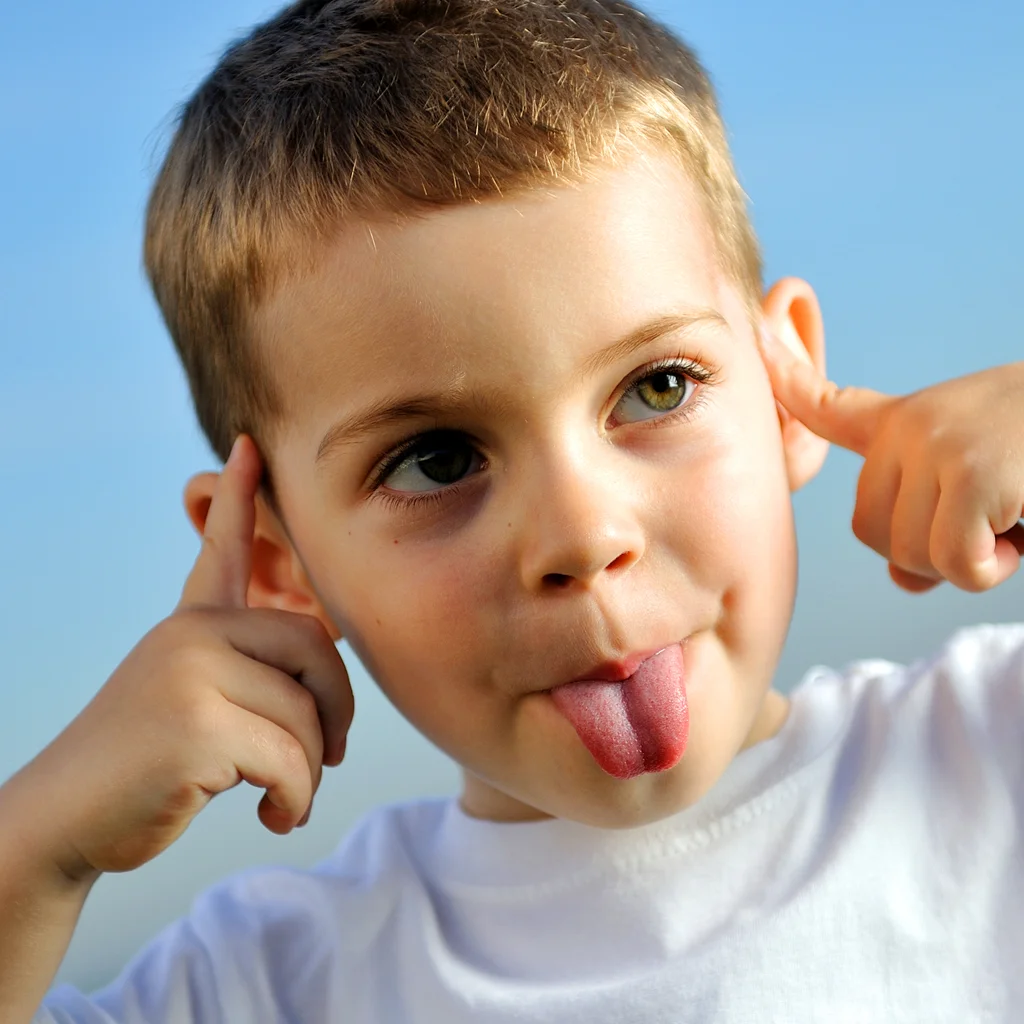






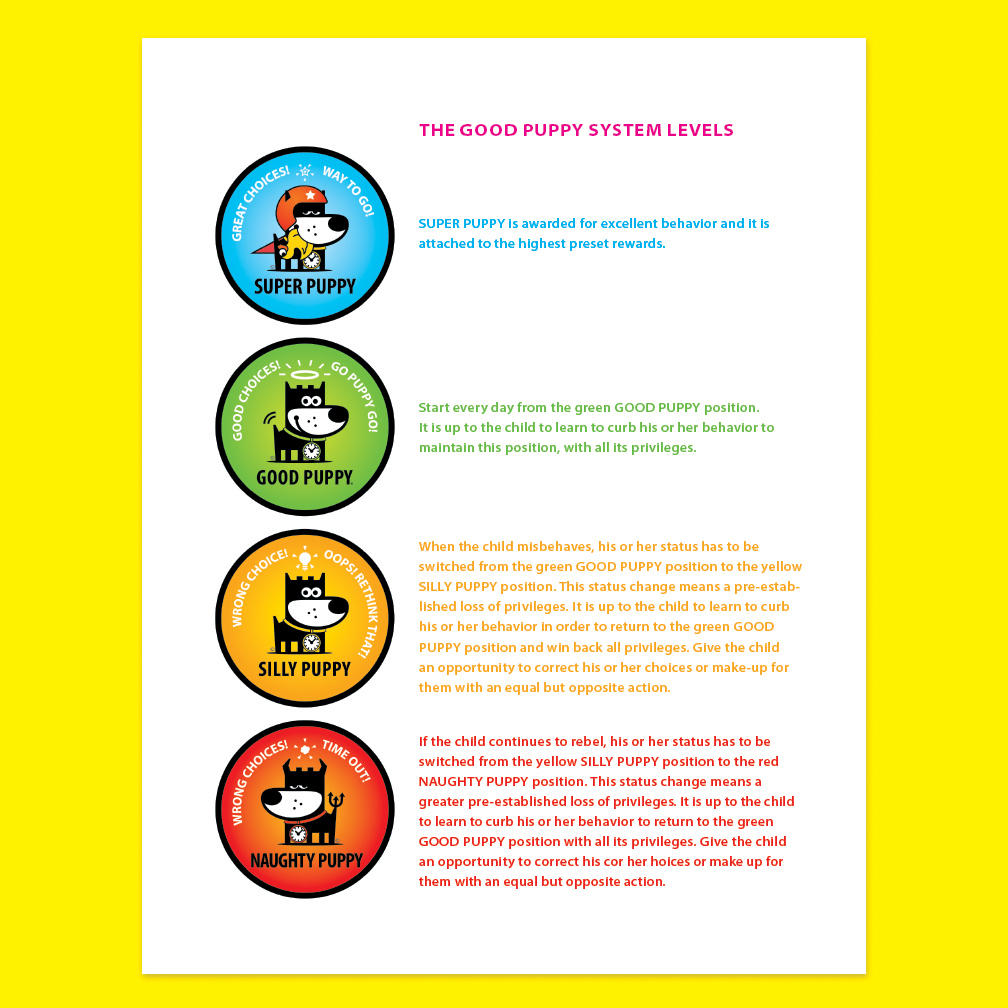



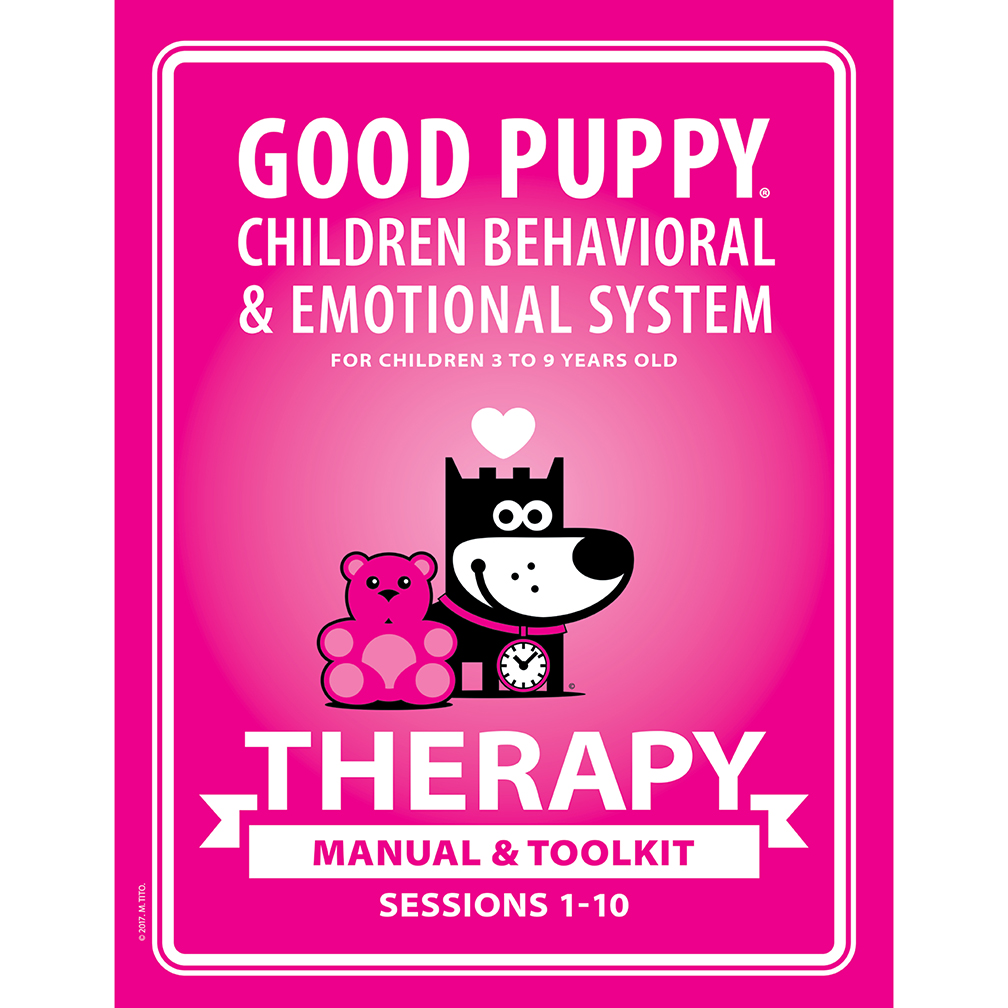
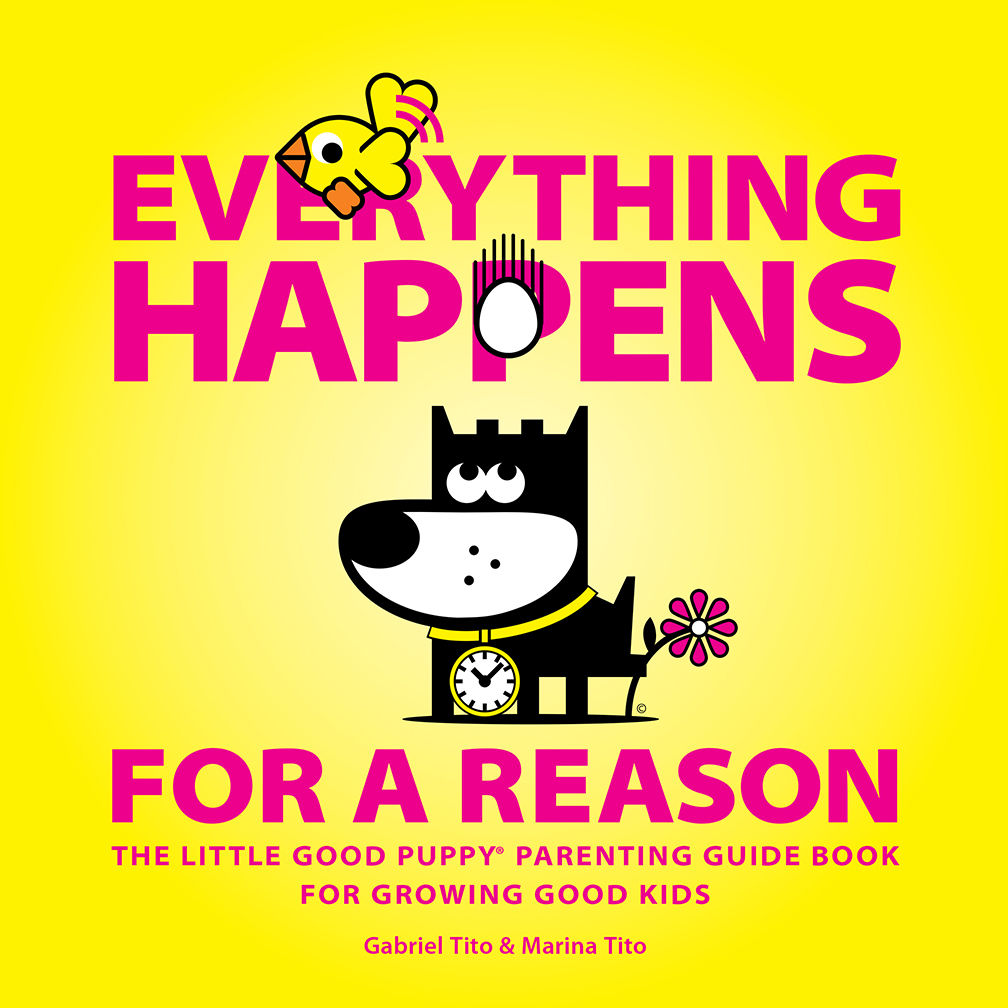
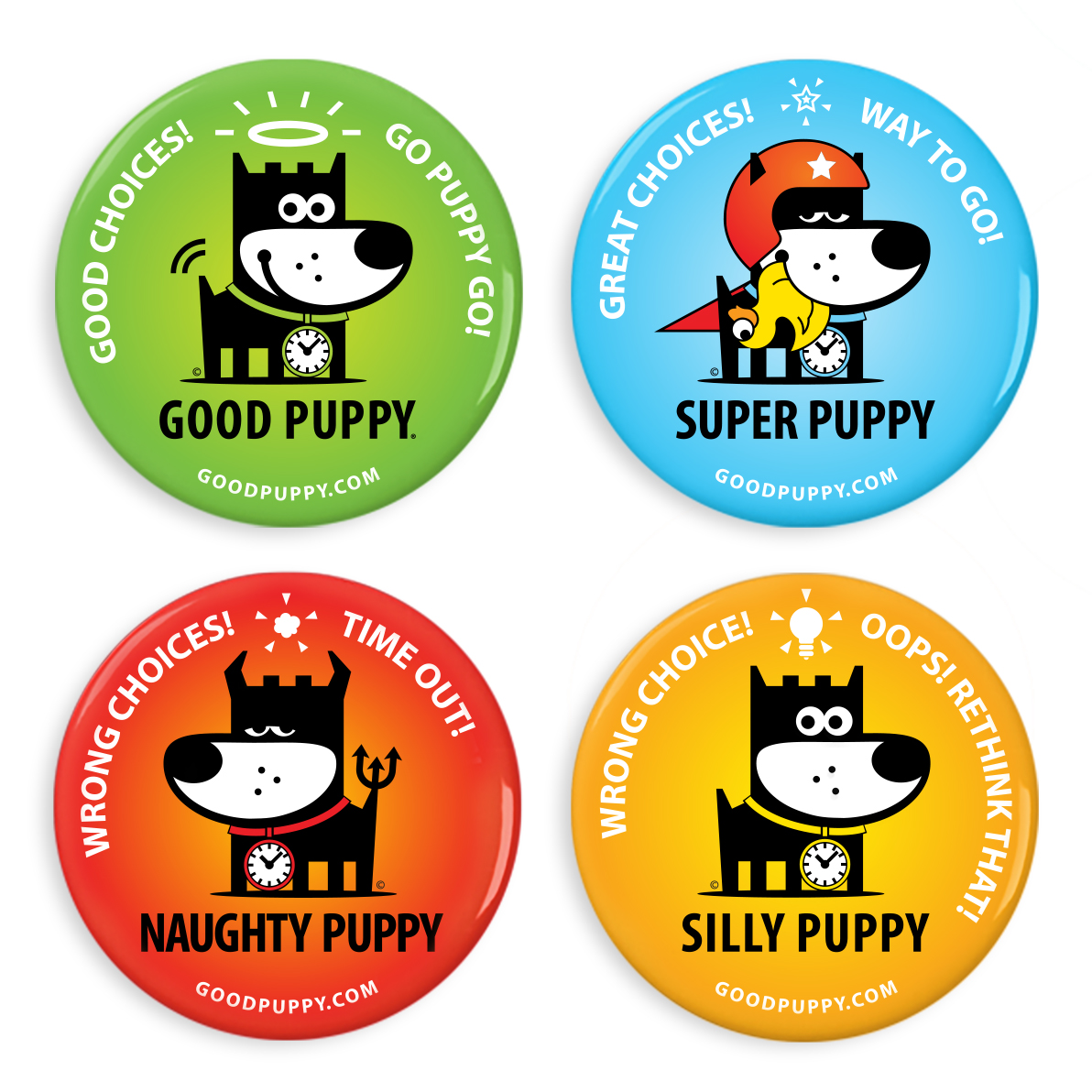
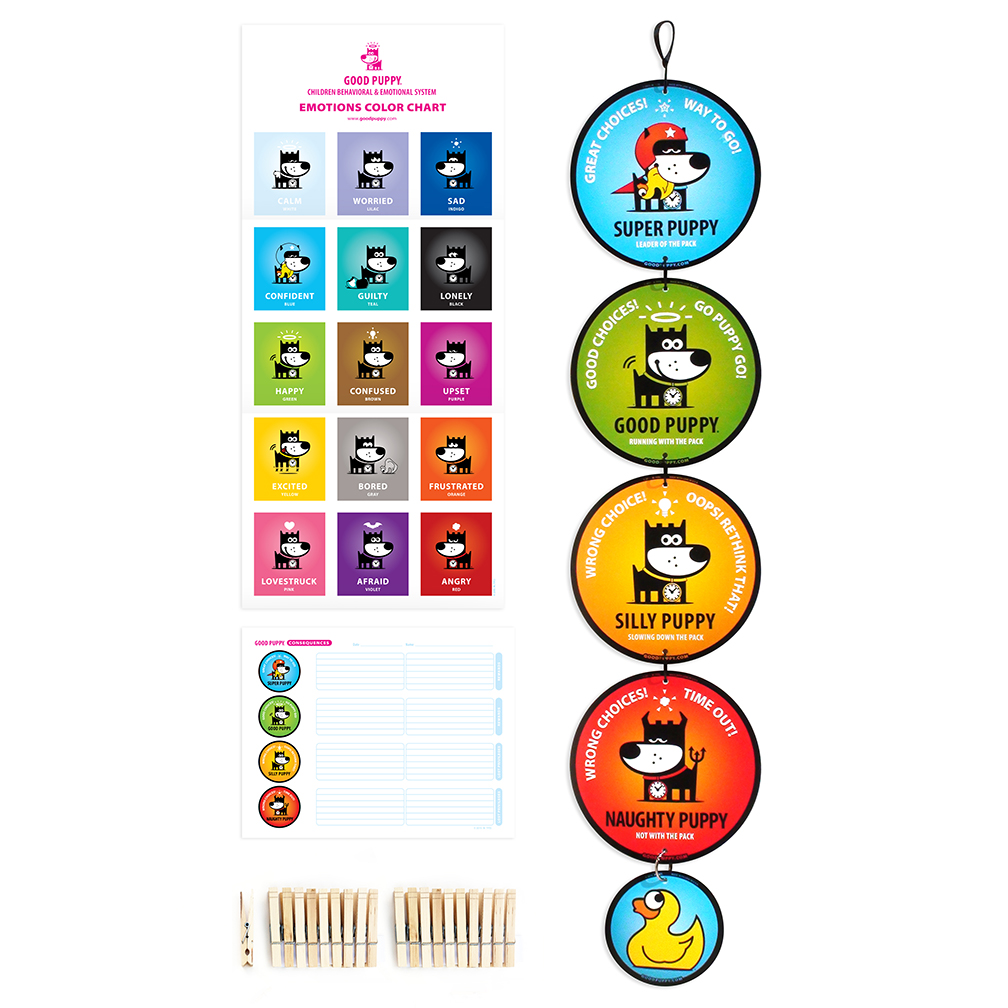
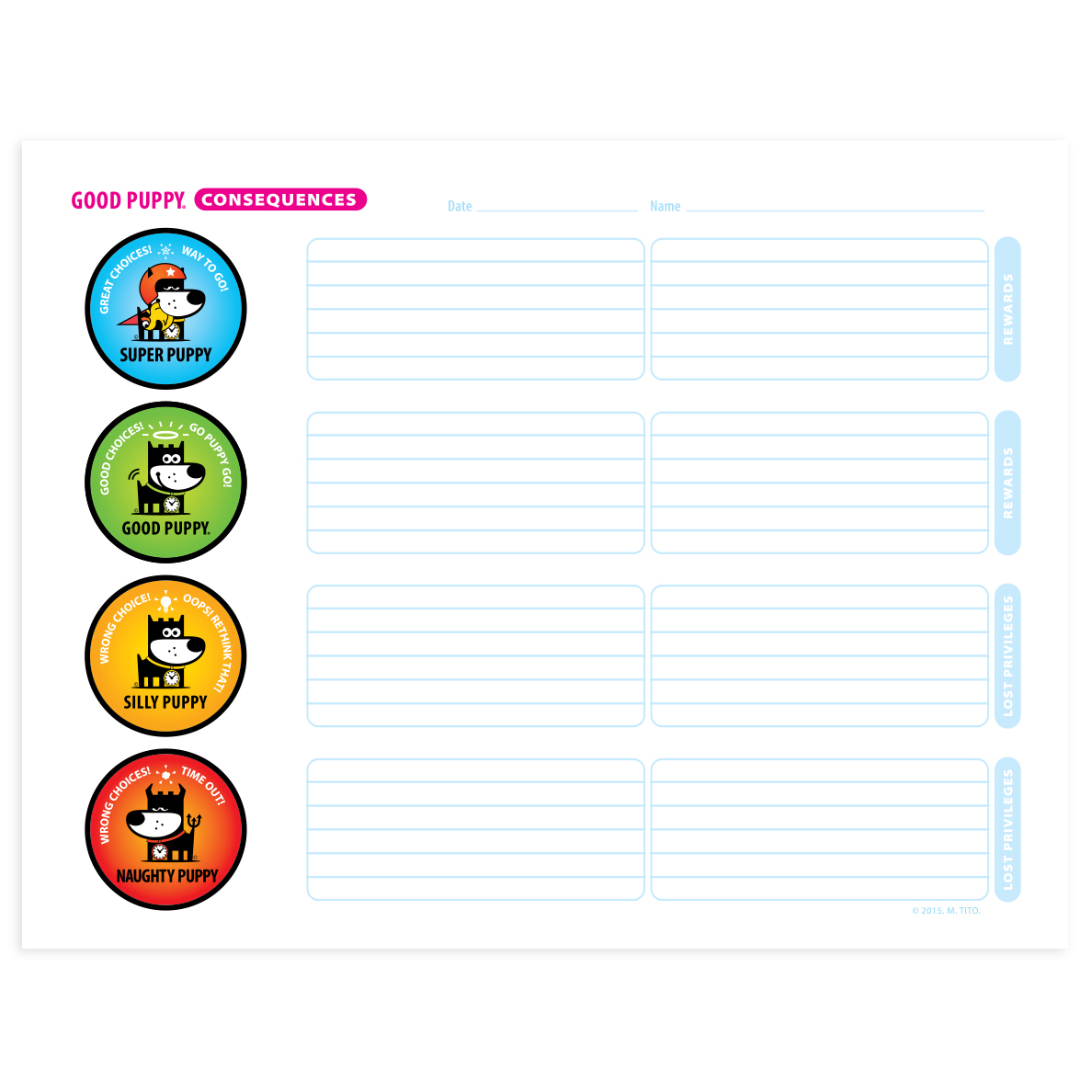
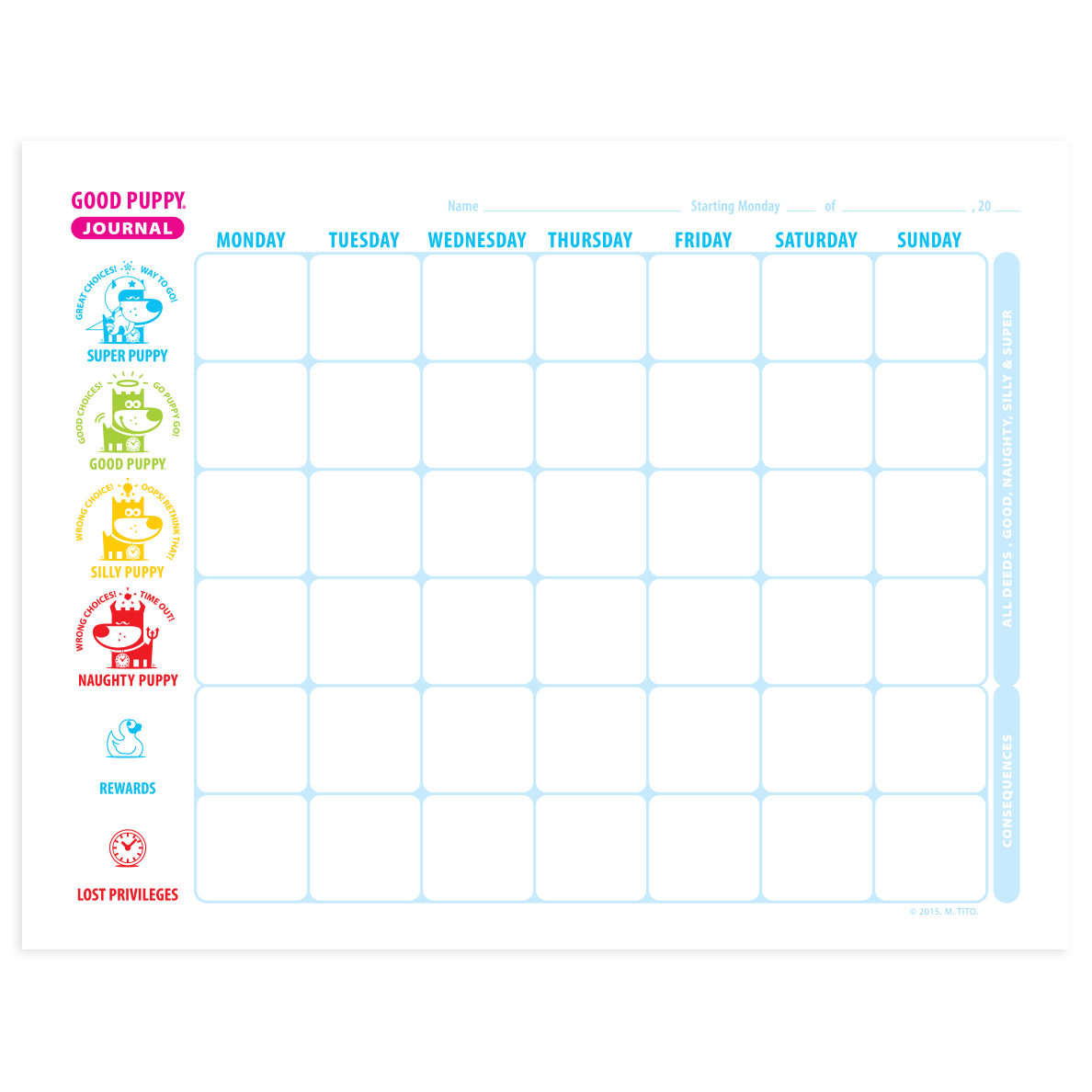
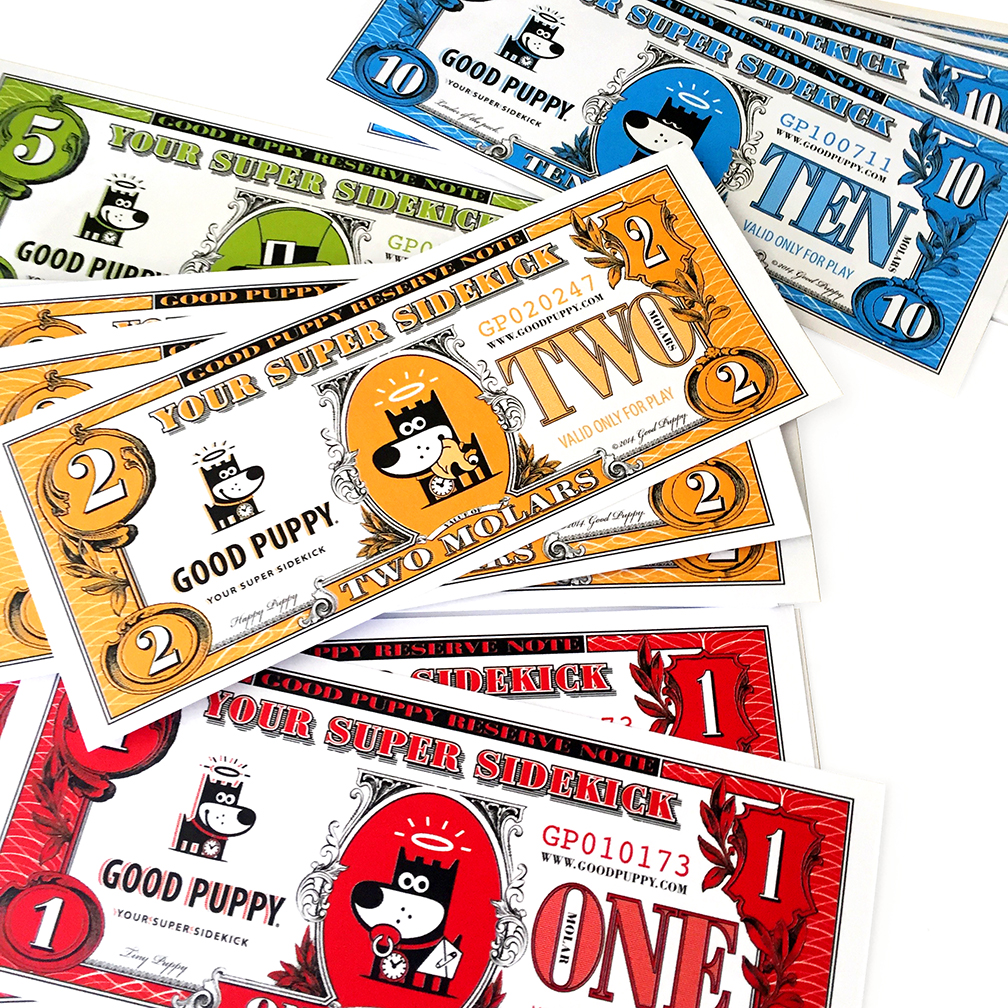
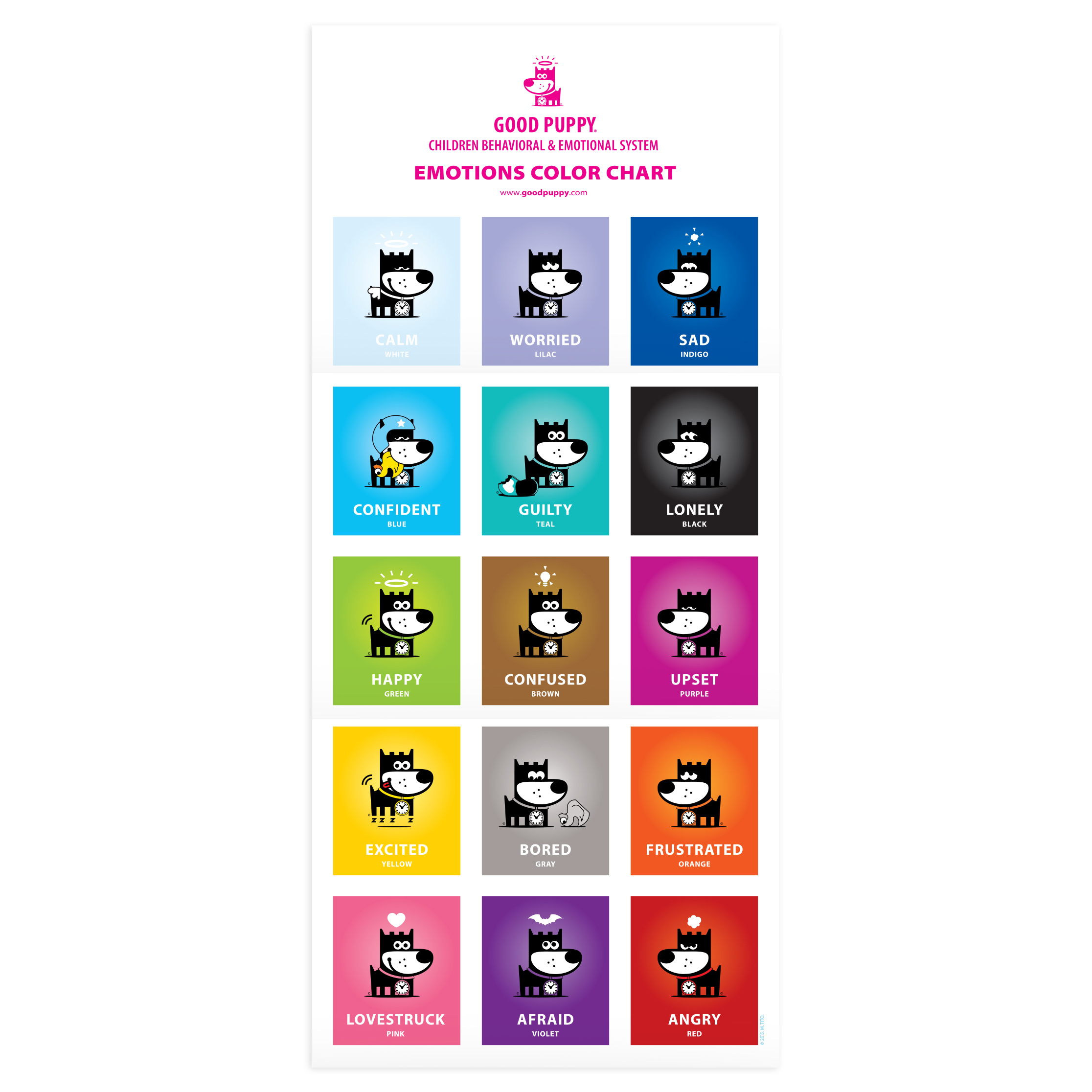
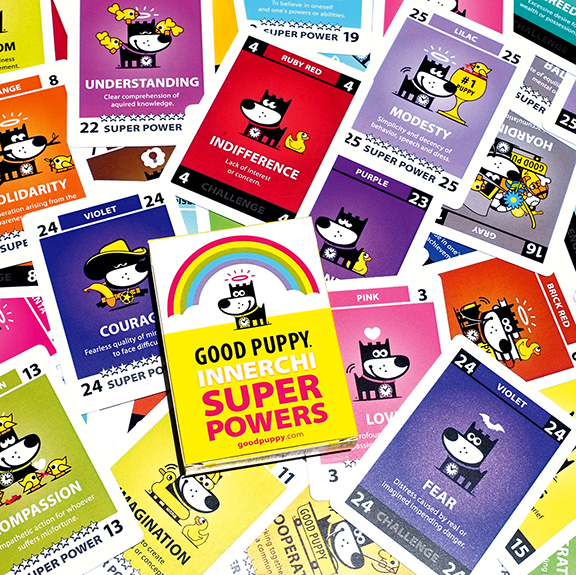
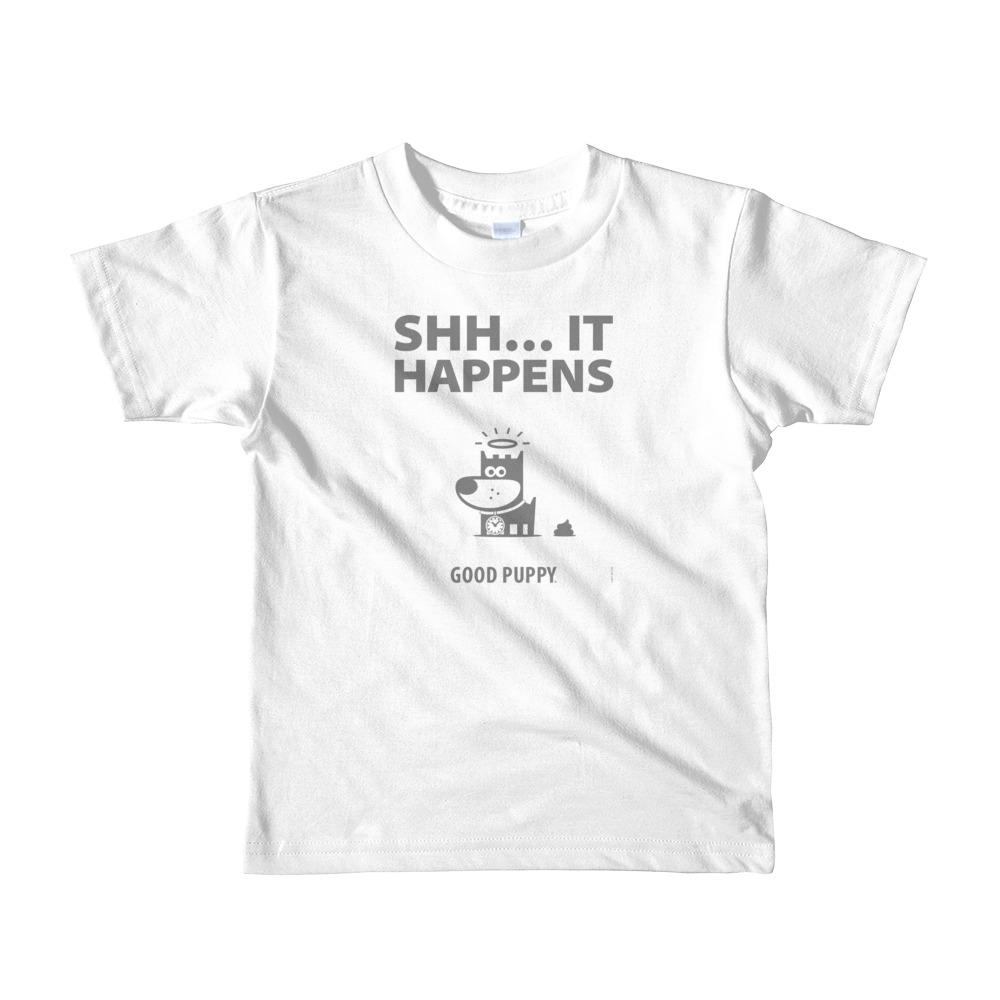
What Does It Take To Do A Good Parenting Job?
Just like any job, raising children comes with a list of requirements. These requirements allow for a positive parenting experience, beneficial to everyone. But while anyone may muster up some of these traits, it is mastering them that will turn them into parenting super powers.